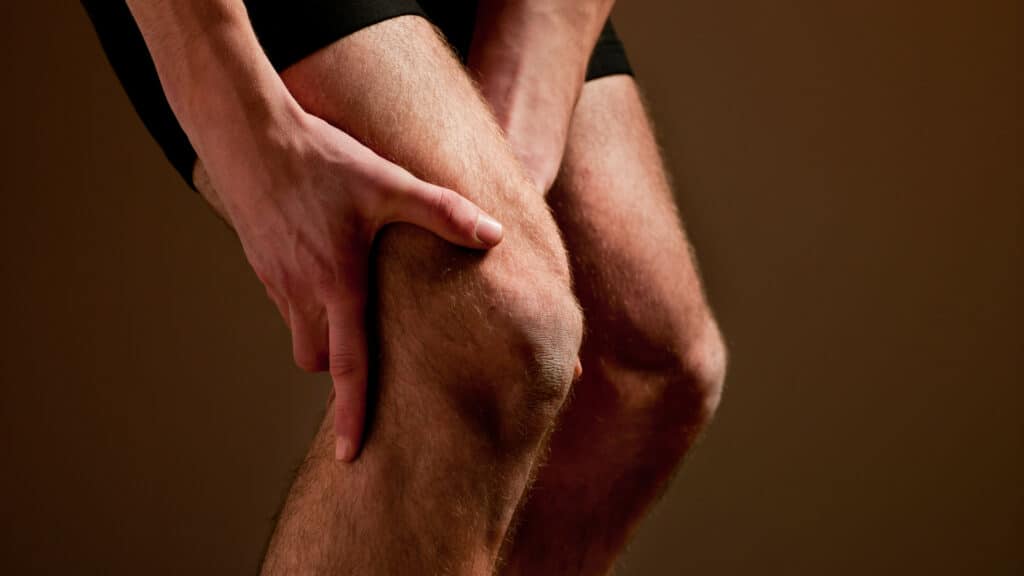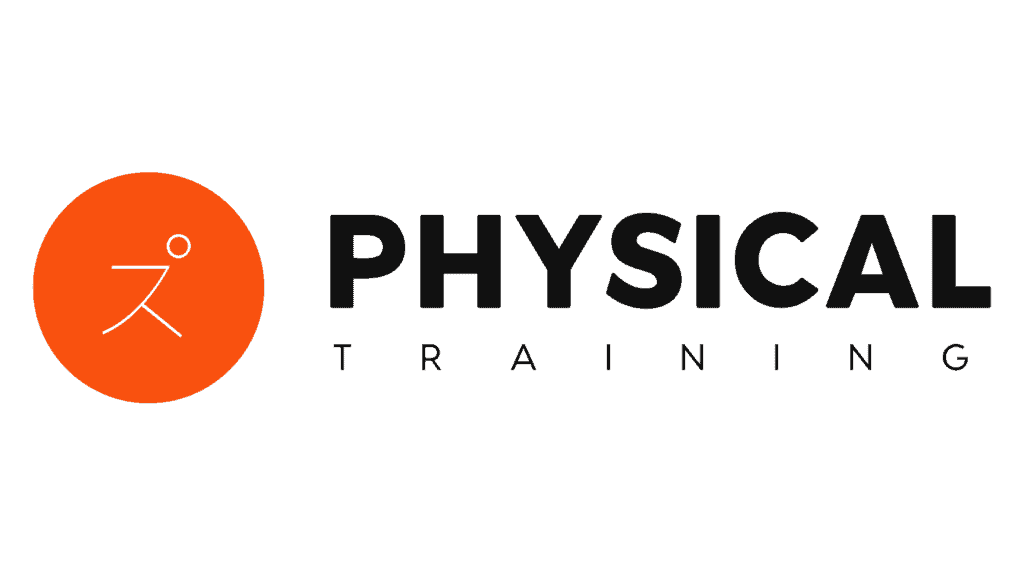Introduction: We all know exercise is crucial for maintaining good health, but did you know that it can also harm you if not done right? Unfortunately, many people make training mistakes that can lead to health problems. In a previous article, we discussed some of the common training mistakes that can harm you. In this article, we’ll discuss in more detail four dangerous effects of exercise when not done correctly.

We all know exercise is good for health. But have you ever wondered if it could harm you too?
I see many training mistakes either from people training on their own or from self-declared personal trainers. We have discussed some of them in our article: 5 training mistakes that can actually harm you.
All dangerous effects of exercise derive from not listening to your own body and pushing it to the limits.
If you don’t take the appropriate time to rest between your workouts and train in high intensity – high volume all the time, or if you don’t follow a balanced diet and don’t stop when in pain, you could be jeopardizing your health instead of enhancing it.
I have listed in more detail some of the dangerous effects of exercise you may face if you don’t ‘’use’’ it the right way.
To be clear, my intent is not to scare anyone away from working out; quite the opposite!
Regular exercise can improve your health physically and mentally in many, many ways.
I just want to clarify that training directly impacts your health, so you should know what you are doing. Otherwise, you could be causing severe harm to yourself.
Everything is about balance. Rest is as important as training.
1. Overuse Injury

If you are a ‘’no pain, no gain’’ fan, then you should read carefully.
Overuse injury can happen when you take on too much physical activity too quickly or without resting for too long.
When you work out, you provoke microscopic injuries to your body, meaning you are micro-fracturing your bones, muscles, tendons, and other tissues.
If you give your body time to rest, it heals these micro-injuries and adapts to become stronger.
If you don’t rest enough, the micro-injuries will continue to progress, resulting in an overuse injury and pain.
Muscle strains, joint sprains, tendinopathies, and bone stress fractures are some common overuse injuries.
Overuse injuries are challenging to be diagnosed in time exactly because they occur gradually.
In the beginning, you might feel a slight pain, which is easy to ignore as it disappears after warming up. But if you keep ignoring it and keep training, it might develop into a pain that lasts even when not training.
2. Inflammation

Exercise is not only stressful for your tissues but also for your immune system. When these micro-fractures occur, your body’s natural response is inflammation.
Inflammation is a good thing.
While an incredibly complex issue, it could be simplified into this:
Your body increases blood flow to the affected area to replenish oxygen, fuel your muscles, bring immune cells to clean up the area from harmful waste products and cellular debris, and start the repairing process to fix the damage.
But, if you don’t give your body time to heal, the inflammation could keep increasing and become chronic, with severe implications for your health. It is something we often see in athletes with overtraining syndrome.
3. Decreased Immunity

Exercise strengthens your immune system both instantly and long term.
The increased blood and lymph flow, provoked by exercise, increases the circulation of immune cells, making them roam the body at a higher rate and in higher numbers.
And if you train regularly, you improve your immune system response on a steady basis, meaning you’ll recover faster and respond quicker to infections in general.
However, if you overdo it, you might face the opposite effect.
Pushing yourself too hard for too long can put you at a higher risk of infection.
Evidence supports that too high exercise training loads and the associated physiological, metabolic, and psychological stress are linked to immune dysfunction.
4. Energy Deficiency

If you want to lose some weight, you should indeed eat fewer calories than you burn in a day, or else be in a caloric deficit.
But there is a limit to that. Suppose you follow a too-restrictive diet for an extended period while also training.
In that case, you could be flirting with a syndrome with profound health implications called Relative Energy Deficiency in Sports (RED-S).
In a few words, when energy availability is too low, your body reduces the amount of energy used for cellular maintenance, thermoregulation, growth, and reproduction. So your physiology changes to survival mode but impairs your health to achieve that.
RED-S is a common syndrome among athletes who are in a caloric deficit for long periods while training hard, especially if they practice abnormal eating behaviors such as fasting, binge eating, purging, or using diet pills, laxatives, diuretics, and enemas.
Among others, RED-S leads to osteoporosis, amenorrhea, increased risk of infections, decreased athletic performance, depression, and chronic fatigue.
So, please don’t go extreme with your diet, and if you do want to lose some weight, search for an expert like a dietitian or a sports nutritionist.
Conclusion
In conclusion, exercise is undoubtedly beneficial for our health, but it is essential to use it correctly to avoid any adverse effects. Overuse injuries, inflammation, decreased immunity, and energy deficiency are some of the significant risks we may face if we do not take care of our bodies and push them too hard. It is crucial to listen to our bodies, rest adequately, follow a balanced diet, and seek professional guidance if needed. Regular exercise can improve our physical and mental health in numerous ways, but it should be done with caution and balance. So, let us embrace the benefits of exercise and take care of our bodies to live a healthy life.
Those are the top 4 dangerous effects of exercise. Have you ever experienced any of them in your training journey? Tell me more about it in the comments.
If you want a tailor-made fitness plan that will save you time and get you in shape faster, let us know, and we’ll get it done.
We know it’s hard to get in shape when you have a busy life. At Physical, we design a plan that works around your schedule so you can stay healthy and get your dream body faster.
Click the Subscribe Button below and meet your coach.

FAQs:
Q: Is exercise always good for health?
A: While exercise is generally good for health, it can be harmful if not done right.
Q: What are some common mistakes people make when exercising?
A: Some common mistakes include not resting enough between workouts, training with too high intensity or volume, not following a balanced diet, and ignoring the pain.
Q: What is an overuse injury?
A: Overuse injury happens when you take on too much physical activity too quickly or without enough rest. It can result in muscle strains, joint sprains, tendinopathies, and bone stress fractures.
Q: Is inflammation always bad?
A: Inflammation is a natural response to tissue damage, and it helps repair the damage. However, chronic inflammation can have severe implications for your health.
Q: Does exercise strengthen or weaken immunity?
A: Exercise can strengthen your immune system both instantly and long term. But overdoing it can put you at a higher risk of infection.
Q: What is Relative Energy Deficiency in Sports (RED-S)?
A: RED-S is a syndrome that happens when energy availability is too low for your body’s needs. It can lead to osteoporosis, amenorrhea, increased risk of infections, decreased athletic performance, depression, and chronic fatigue.
